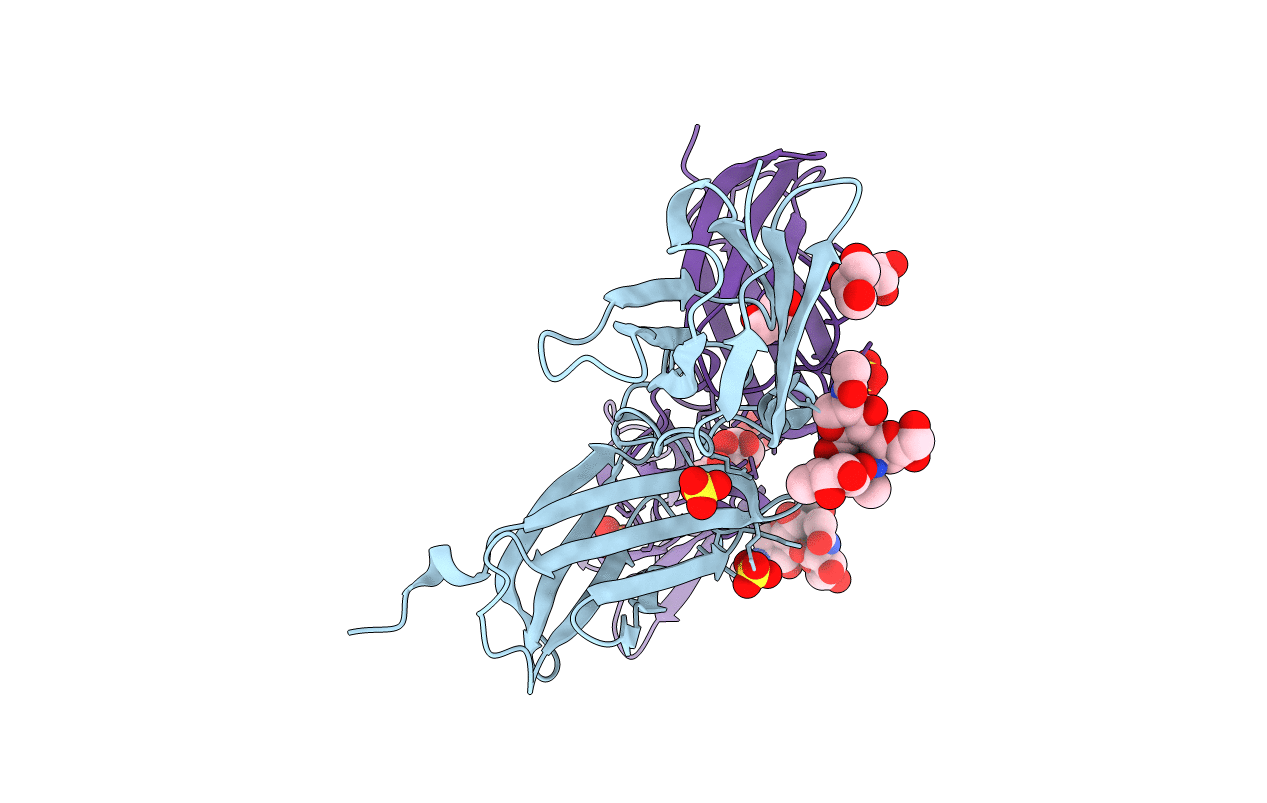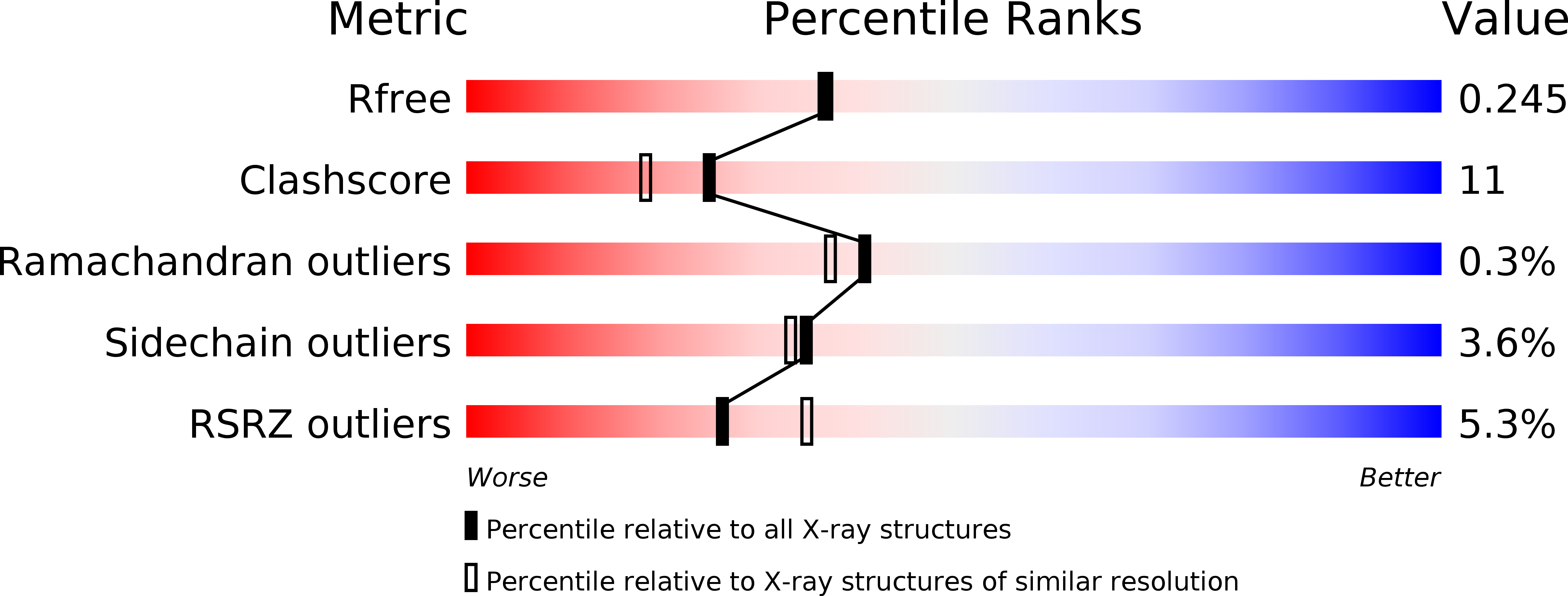
Deposition Date
2011-11-17
Release Date
2012-02-08
Last Version Date
2024-10-30
Entry Detail
PDB ID:
3UP1
Keywords:
Title:
Crystal structure of the unliganded human interleukin-7 receptor extracellular domain
Biological Source:
Source Organism:
Homo sapiens (Taxon ID: 9606)
Host Organism:
Method Details:
Experimental Method:
Resolution:
2.15 Å
R-Value Free:
0.25
R-Value Work:
0.21
R-Value Observed:
0.21
Space Group:
I 2 2 2


